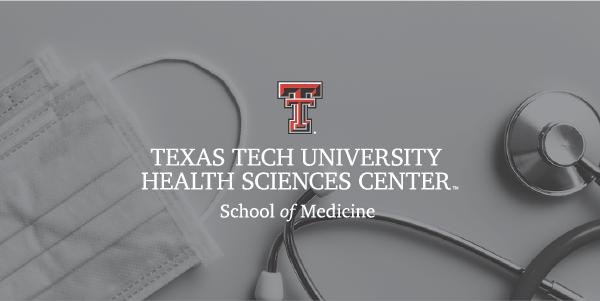What Your Application Photo Says About You!

Whether you've been planning for a career in healthcare since you were a child, or
it’s a decision you made recently, you’ve probably known for some time that certain
criteria must be met in order to apply to professional school. In fact, in addition
to completing the prescribed coursework, the required supporting documents to your
TMDSAS application include standardized test scores, transcripts, and letters of evaluation
- all things you’d expect from an application to professional school. But did you
also know that another required component of your application is a photo of yourself?
Let’s talk about why that is and how you can make sure that your photo is the best
representation of you.
We reached out to some of the professional schools and asked for their input on a
few questions we’ve received from applicants regarding the purpose of the photo in
the application. We asked the schools to help us understand how the application photo
is used, what insight the photo provides, and for some tips to help applicants use
this feature of the application to their greatest advantage!
Keeping Things Secure
So, what’s the number one reason the schools require a photo? You might be surprised
to learn that the number one reason is simply security. Over and over, representatives
from the schools responded saying that the photo helps to identify applicants, especially
during the interview process. You probably would agree that it makes sense to use
pictures to help identify applicants given that, collectively, the TMDSAS participating
schools receive more than 7,500 applications during a typical admission cycle!
What About Bias?
It is paramount to know that the photo is decidedly NOT for screening purposes. In
fact, some schools report that the photo is not even seen until the interview phase,
while others indicate that members of the admissions committees never see photos during
application review in order to prevent bias. Some applicants may have been hesitant
to provide a photo, fearing that their picture might unduly impact their ability to
progress through the admissions process. Thankfully, the schools have systems in place
to prevent any prejudice, ensuring that all applicants are afforded the same, fair,
consideration.
The Story a Picture Tells
That said, is it reasonable to assume that although the photo is not used in the screening
process, it may provide the schools with some insight about you? Absolutely! In fact,
the choice of photo does indicate the way an applicant chooses to represent themselves.
More specifically, Theresa Silva, Director of Admissions at the University of Texas
Medical Branch at Galveston, indicates that the photo provides “insight into [the
applicant’s] professionalism.” What’s the takeaway here? The schools do expect to
see a degree of professionalism reflected in the photo that you submit.

Pro Tips for Your Application Photo
So, what should you not do? Don’t appear too casual. Beach attire, activewear, and
clothing that is too revealing is highly discouraged. What to wear instead? Think
professional! Choose an outfit you’d be proud to wear to a job interview or to an
event that requires just a little bit of dressing up, like a graduation. A nice button-up
or a blouse should do the trick! Remember, you are applying to professional school,
and in the professional world there are expectations when it comes to dress code.
What else should you not do? Don’t get lost in the crowd! Sometimes, applicants submit
photos that are poorly cropped (floating arms, anyone?), or that include other people,
making it difficult to identify who is the applicant. In addition to this, avoid submitting
a photo that is too small, too far away, or otherwise makes you too difficult to recognize.
Keep in mind: this process is all about you! So, make sure your photo reflects that.
Right about now, you might be thinking that you need to book a session with a studio
photographer. You don’t! If your friends or fellow classmates are also applying, you
might want to schedule a time when you can take each other’s picture – no fancy equipment
required; the camera on any smart phone will do just fine. Simply remember to be the
only person in the photo and avoid selfies, if possible. What else? While a studio
backdrop is not required, do pay attention to the background of your photo. Stick
to the basics and avoid anything distracting.
While these suggestions are meant to assist you in the photo selection process, there
are some technical considerations to keep in mind to ensure that your photo is compatible
with the TMDSAS online application. This information is also available in the TMDSAS
Application Guide and on the photo submission page of the application.
If these technical aspects aren’t met, you might be prevented from submitting your
application at the moment you’d like. Or once submitted, TMDSAS staff may have to
reach out to you for a different photo, possibly delaying the processing of your application.
It is important to note that once your application is submitted, your photo can only
be changed by TMDSAS staff, and that is only if it does not meet the technical requirements.
Therefore, it is important to put in the proper time and consideration when choosing
which photo to upload to your application.
We hope these insights help you feel more informed and comfortable with the photo
requirement of the application, and we think that following these suggestions will
truly help you to put your best foot face forward!

About the author: The Texas Health Education Service amplifies TMDSAS and JAMP’s missions to serve students, collegiate advisors, and professional schools in Texas by providing students with accurate educational resources to enhance their preparation for a career in the health professions, and supporting efforts by advisors and professional schools to reach students and enrich the applicant pool.






